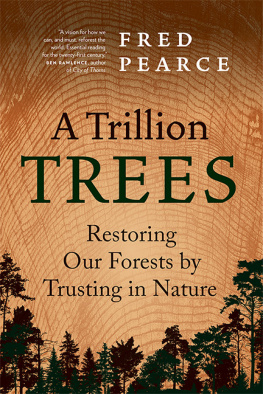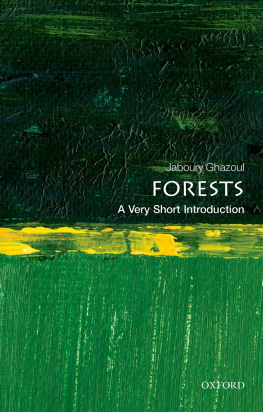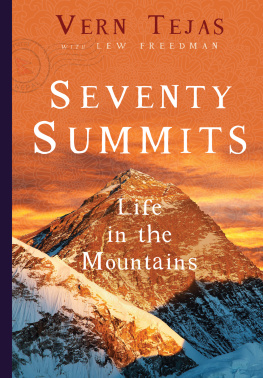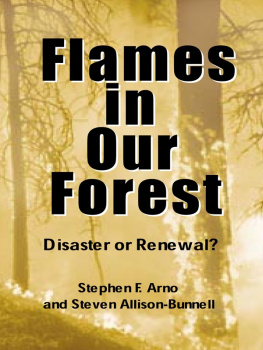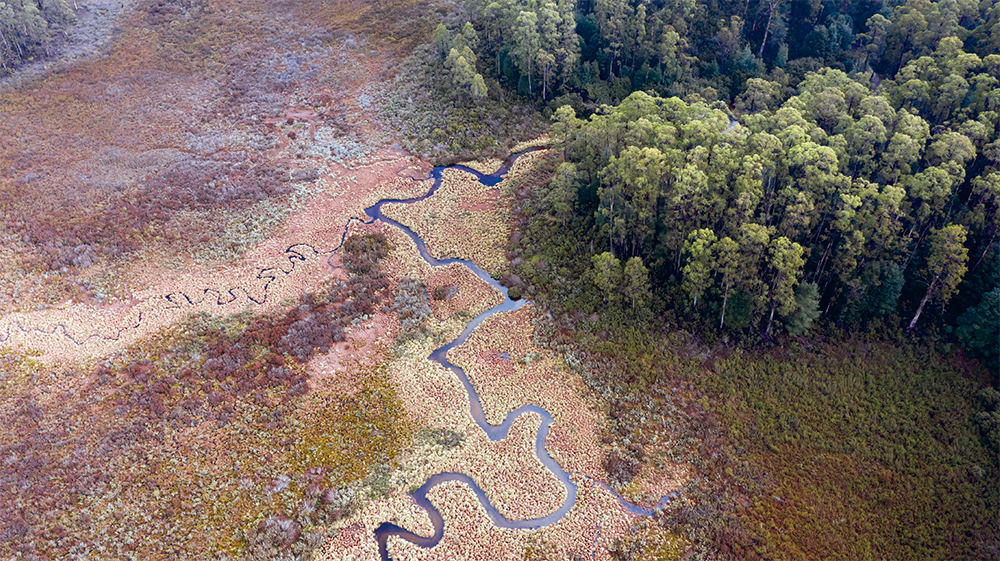With its glorious photographs, The Great Forest shows why these forests must be preserved for future generations.
Professor Tim Flannery
Scientist, explorer and conservationist
The Great Forest shows the incredible beauty, wonder and value of this amazing part of Victoria. The work being done to understand, protect and restore it is so vital to a future for all of us. A great reminder of how much there is to care for and pass on to future generations.
David Pocock
Former Wallaby player, Western Australian
Young Australian of the Year
Its rare to read a book that fills your heart with joy and your eyes with tears, all at the same time. The Great Forest does just this, thanks to photographs which capture the majesty and diversity of Victorias Central Highlands, photos that sit alongside the erudite and fierce words of David Lindenmayer, the worlds foremost scientific expert on this unique landscape.
Sophie Cunningham AM
Author of Melbourne and City of Trees
The city of Melbourne lies on the edge of a vast plain surrounded by a green and blue mountainous rim, whose hills and peaks are home to the magnificent Mountain Ash, the tallest flowering plant on the planet. The Mountain Ash forests were 20 million years in the making, and deep within the valleys are even more ancient, Gondwanic rainforests. The Great Forest showcases these forests as well as the worlds tallest moss, breathtaking snow gum plateaus and the remnants of massive extinct volcanoes.
The Great Forest is a tribute to extraordinary landscapes now under severe threat from logging and wildfires, such as the catastrophic fire that struck on Black Saturday in 2009. It uncovers the intricate webs of life that make Mountain Ash forests so much more than their towering trees. It explores the unique forests that have sustained the Gunaikurnai, Taungurung and Wurundjeri peoples for tens of thousands of years, and that provide a home for creatures found almost nowhere else. The exquisite photographs reveal the Central Highlands of Victoria to be one of Australias largely undiscovered natural treasures.
Professor David Lindenmayer AO is a world-leading expert on forest conservation and ranked among Australias top 50 scientists. Based at the Australian National University, he has led some of the largest-scale environmental research programs in Australia, including almost 40 years of work in Victorias Mountain Ash forests.
Chris Taylor, Sarah Rees and Steven Kuiter are outstanding photographers who have worked in Victorias Central Highlands forests for many years.
Over thousands of years, nature has provided the resources that have helped humans survive and flourish. Now, in a time of need, we must help nature to survive. This wonderful new book highlights the magnificent wet forests of Victoria, and why it is so critical to protect them for their biodiversity, their beauty, and for all of humanity.
Dr Jane Goodall, DBE
Founder of the Jane Goodall Institute
and UN Messenger of Peace
To the late David Blair (19712019)
Father, husband, forest ecologist,
scout master, soccer player, colleague,
and friend. An extraordinary person
dedicated to conserving a most
wonderful forest.
CONTENTS
STATEMENT OF SOVEREIGNTY
In October 2019, First Nations people came together to call on the Victorian Government to acknowledge our sovereignty over the forests and landscapes of the Central Highlands region. We called for an end to the destruction of these lands. The government has never sought, nor have we given, permission to log our forests. These places are homes to our totems, our ancestors and our people. Our cultural obligation is to care for Country, land and water. It is time for the Traditional Owners to be given a place at the table in decision-making about the forests, the landscapes and the water that is our Country.
Lidia Thorpe , the first Aboriginal senator for Victoria, on behalf of Elders and Traditional Owners of Gunnai, Taungurung and Wurundjeri Countries of eastern Victoria
Dawn rays over Healesville on Wurundjeri Country (Sarah Rees)
The small town of Healesville, 50 kilometres north-east of Melbourne, is one of the gateways to the magnificent forests, landscapes and waterways of the Central Highlands.
INTRODUCTION
THE CENTRAL HIGHLANDS
T he city of Melbourne (called Naarm in the First Nations Kulin language) sits on a vast ancient plain with a dark blue mountainous rim to its east. As Melbournes more than five million residents go about their daily lives, many are unaware that this backdrop of hills and peaks is more than just a geographical boundaryit is home to some of the tallest forests on Earth, which provide the city with nearly all of its drinking water. As you leave the city, the built environment gives way to a landscape of rolling pastures dominated by an impressive mountainous amphitheatre. On clear days, the haze of the forest tints the mountains a distinctive blue colour. When the weather closes in, the mountains are draped in curtains of cloud, where the water cycle commences. Beyond the rolling rural landscape is a forest 60 million years in the making. It is a forest that the Traditional Custodians, the Gunaikurnai, Taungurung and Wurundjeri Peoples, sustained for tens of thousands of years, their cultures shaping the forests while the forest shaped their culture. Many First Nations languages are now being rediscovered and are increasingly being used by Traditional Custodians. We have used First Nations words for locations in this book as well as for some of the charismatic species, such as the Leadbeaters Possum (Wollert) and the Superb Lyrebird (Buln Buln).
When you enter the forest, urban life, just kilometres away, recedes. A different world opens upof ancient rainforests, extraordinary trees and an array of native animals. This forested region is known as the Central Highlands of Victoria. These unique and diverse forests extend from the outer urban areas north and east of Melbourne to the Baw Baw Plateau in the east, Lake Eildon in the north and the Latrobe Valley in the south. The region covers around 1.1 million hectares, of which 710,000 hectares is forest or other kinds of native vegetation. The region supports the largest intact areas of remaining Mountain Ash forests in mainland Australia. These mighty eucalypt forests once held the record for the tallest trees on Earth, with some reputed to be over 120 metres tall. Such giants are no longer standing, but there are still some individuals that exceed 90 metres, equivalent to the height of a 25-storey building.



